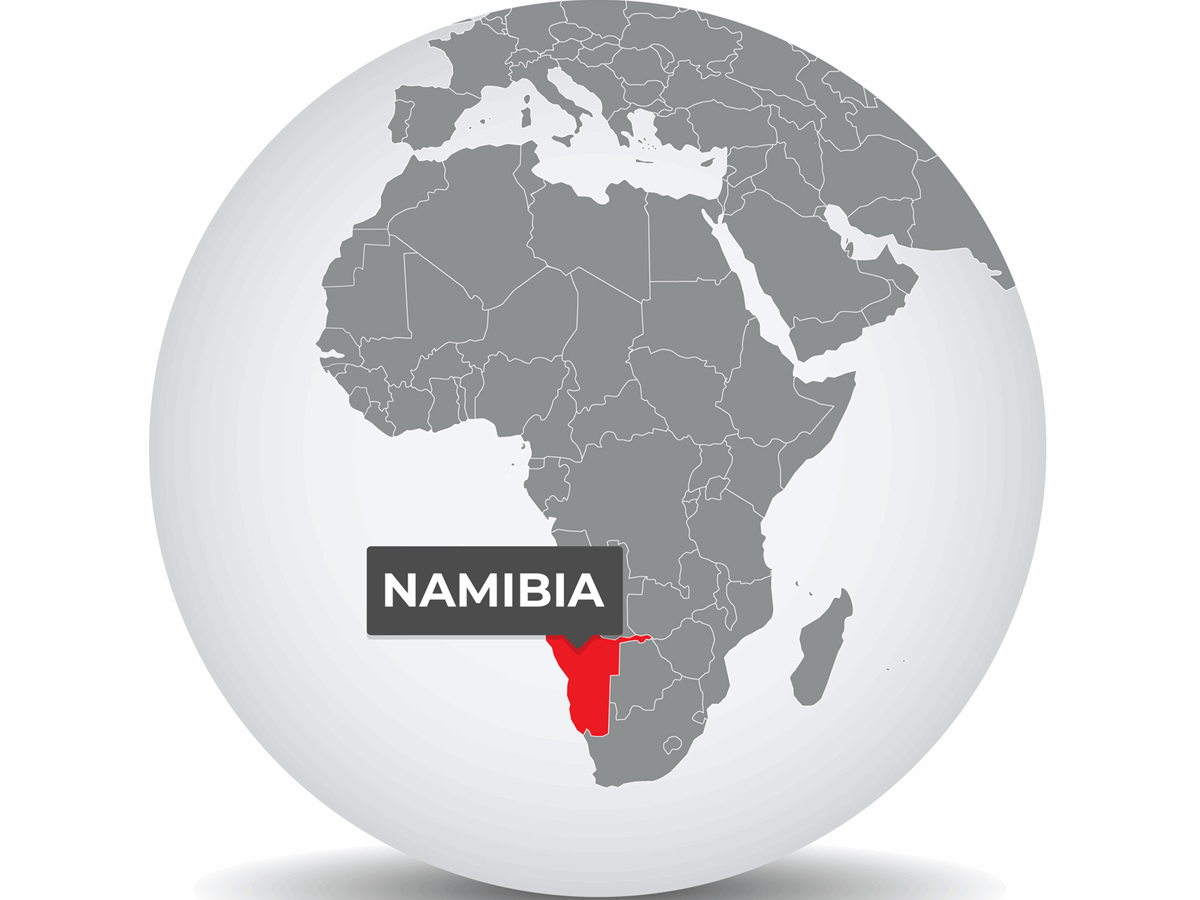Galp Energia, a Portuguese oil company, announced on Sunday the completion of the initial phase of exploration in the Mopane field off the coast of Namibia, estimating a significant potential reserve of at least 10 billion barrels of oil.
The exploration involved testing operations at the Mopane-1X well in January and the Mopane-2X well in March, revealing substantial light oil columns in high-quality reservoir sands in both wells, situated approximately eight kilometers apart.
Located in the Orange Basin along Namibia’s coastline, the Mopane field joins other notable discoveries in the region, such as those made by Shell and TotalEnergies, collectively estimated at 2.6 billion barrels. These findings pave the way for Namibia to consider production initiatives starting around 2030.
Several companies, including Chevron, Rhino Resources, Eco Atlantic Oil & Gas, and Galp Energia, are actively engaged in exploration and appraisal activities in the area.
Galp’s recent tests at the Mopane field exhibited flows reaching the maximum permissible limit of 14 thousand barrels per day, signaling the potential for substantial commercial viability. Initial estimates suggest the Mopane complex alone could hold 10 billion barrels of oil equivalent, or potentially more, pending further exploration and appraisal.
With an 80 per cent stake in Petroleum Exploration Licence 83 (PEL 83), covering nearly 10,000 square kilometers in the Orange Basin, Galp stands poised to capitalize on the vast resources in Namibia’s offshore territories.
This development positions Namibia as a promising new revenue source for Galp, complementing its existing investments in Brazil’s offshore ventures and its involvement in a natural gas project in Mozambique’s Rovuma basin. Galp has expressed intentions to attract additional investors to its Namibian projects, given their potential for substantial scale.
The OPEC+ oil producers group, acknowledging Namibia’s emerging significance, is eyeing the country for possible membership, considering its projected oil output that could rank among Africa’s top four producers by the next decade.
Meanwhile, while Namibia’s oil exploration endeavors mark a significant development, Guyana stands as another notable player in the global oil landscape. With its burgeoning oil industry, Guyana is poised for substantial growth, potentially climbing the ranks among oil-producing nations in the coming years.
Namibia’s optimistic economic outlook is buoyed by strong growth projections, particularly in the oil and mining sectors, as evidenced by recent revisions in economic forecasts and budget deficit projections. These developments underscore the transformative potential of the oil sector in driving Namibia’s economic growth trajectory.



